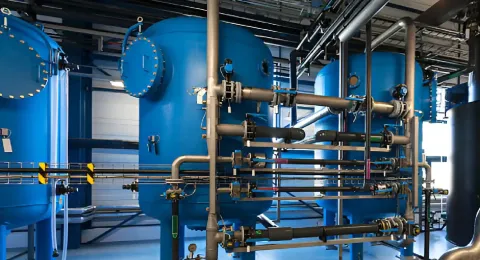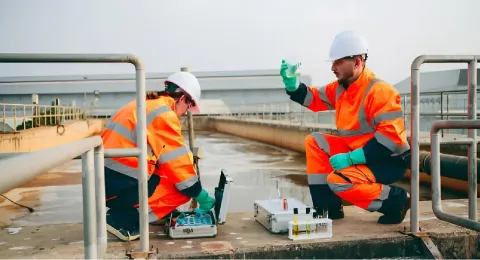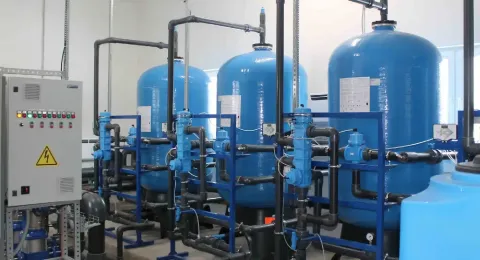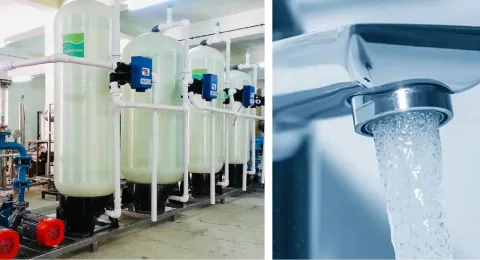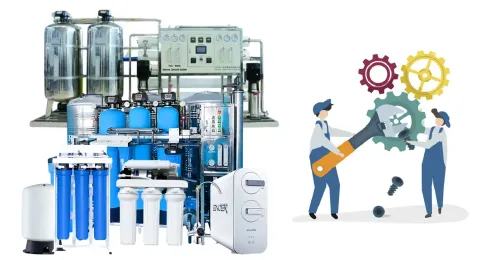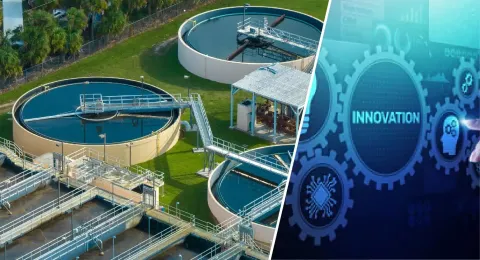Water Softener Plant
Reverse Osmosis Plant
Drinking Water Treatment Plant
Zero Liquid Discharge Plant
Iron Removal Plant
DM Water Plant
Rain Water Harvesting Plant
Domestic Purifier
Swimming Pool Plant with Chemical
Pharmaceutical Treatment Plant
Desalination Plant
Effluent Treatment Plant (ETP)
Sewage Treatment Plant (STP)






